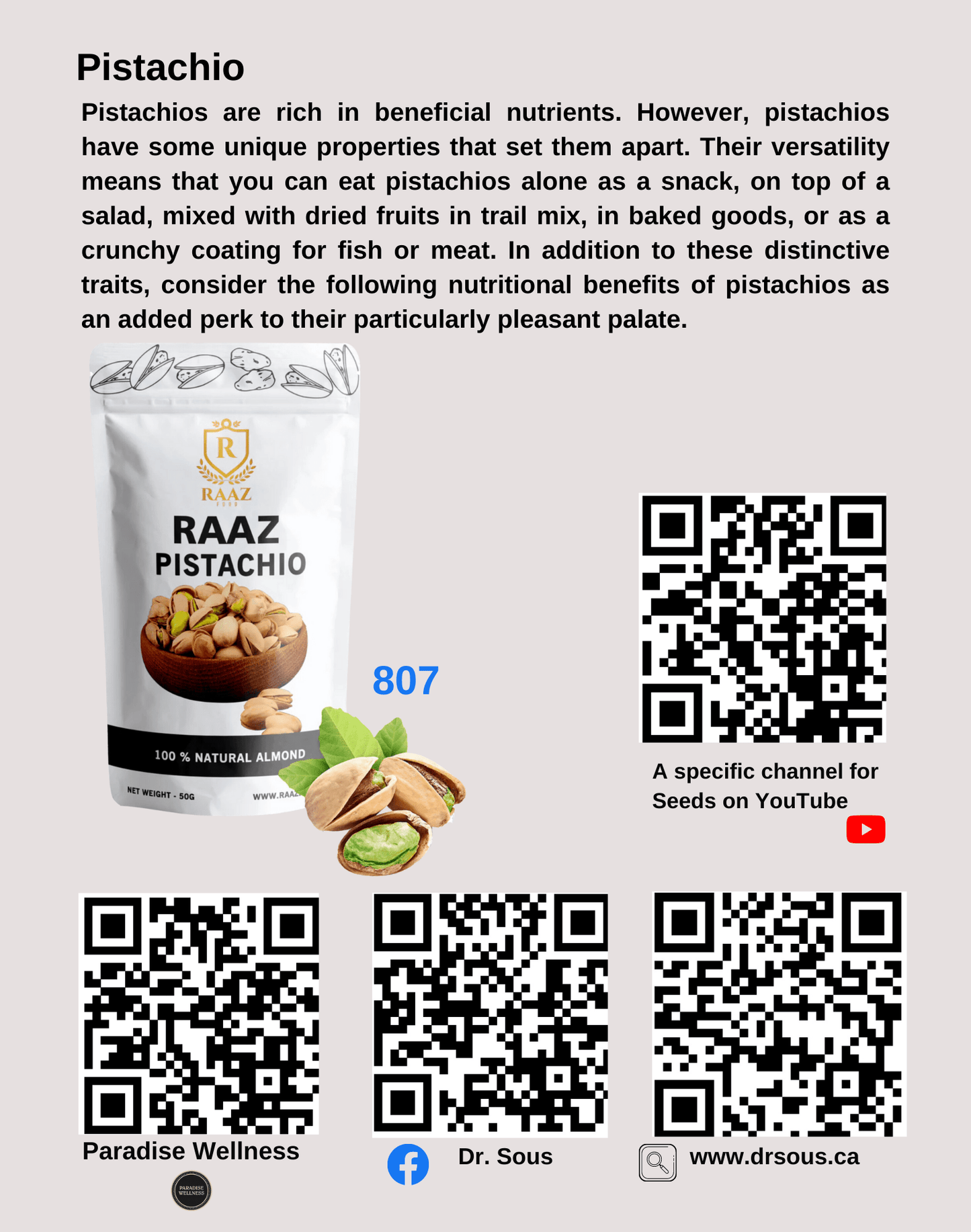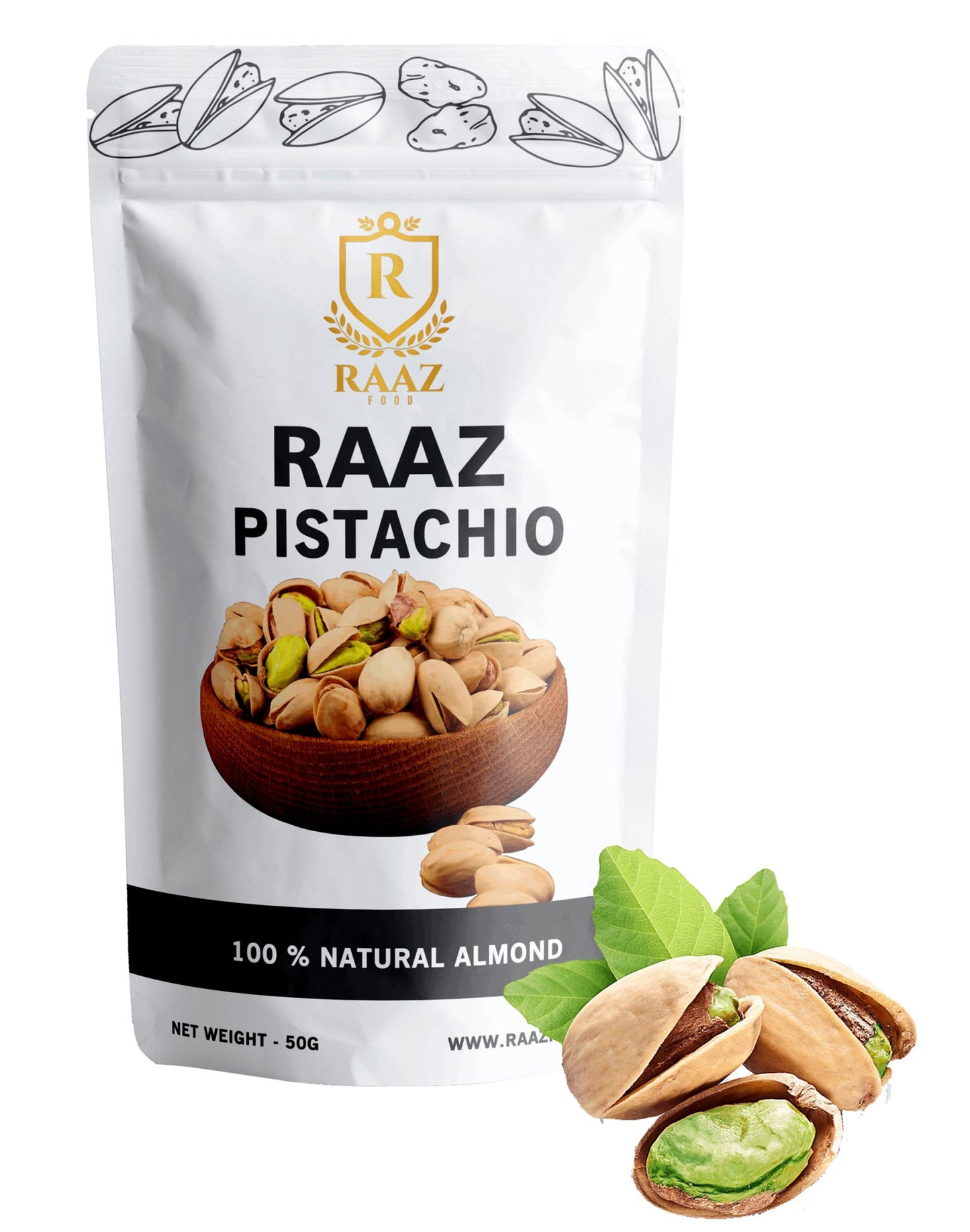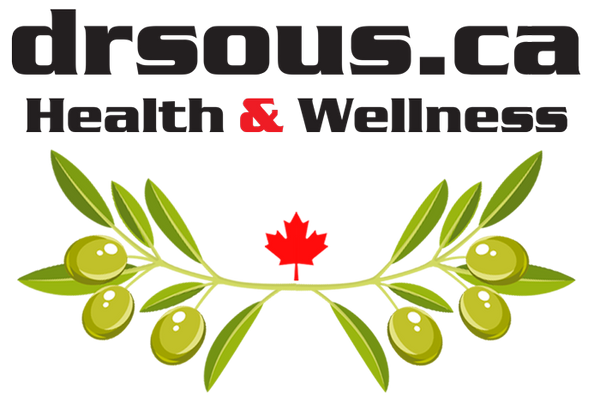807. Pistachio
807. Pistachio
Couldn't load pickup availability
Raaz
Pistachios are rich in beneficial nutrients. However, pistachios have some unique properties that set them apart. Their versatility means that you can eat pistachios alone as a snack, on top of a salad, mixed with dried fruits in trail mix, in baked goods, or as a crunchy coating for fish or meat. In addition to these distinctive traits, consider the following nutritional benefits of pistachios as an added perk to their particularly pleasant palate.
Pistachios are one of the few nuts that contain most of the nutrients such as carbohydrates, protein, amino acids, fats, and dietary fiber. According to the USDA National Nutrient Database, they are rich in minerals such as phosphorus, potassium, calcium, iron, magnesium, zinc, copper, and sodium. [1] They also provide you with essential vitamins like vitamins A, B6, C, E, and K, as well as thiamine, riboflavin, niacin, folate, pantothenic acid, choline, and betaine. Pistachios have a lower calorie and fat content compared to many other nuts and dry fruits.
Unshelled pistachios can be stored in the refrigerator for 3 months or freezer for upto a year. Since pistachios' split shells expose the nut meats, even those still in the shell should be stored in an airtight container in the refrigerator, where they will keep for up to three months.
Pistachio nuts, which are related to cashews and mangoes, grow inside a hull so you have the nut, the shell, and then a hull around the shell. About 2 or 3 weeks before the nut is ripe, the shell starts to split, but the hull stays intact. With Turkish pistachios, which are smaller than California pistachios, the hull is kept on until they are ready to be processed. But in California, they take the hull off within 24 hours of picking so that the hull doesn't stain the shell. The hull is pink and that is why they stain pistachio nuts pink because originally in the Middle East, they were sold in the pink husk.
Pistachio nuts, including salted pistachios, unsalted pistachios and shelled pistachios which are ready to eat foods, recently appeared as possible sources of infection with foodborne bacteria besides the high levels of aflatoxins. Several types of pistachio and pistachio containing products were evaluated for the presence of Staphylococcus aureus, and Salmonella spp; also aerobic mesophilic bacteria, coliforms and yeasts and moulds, were enumerated. The analysis was performed in three different sampling times.
Share





